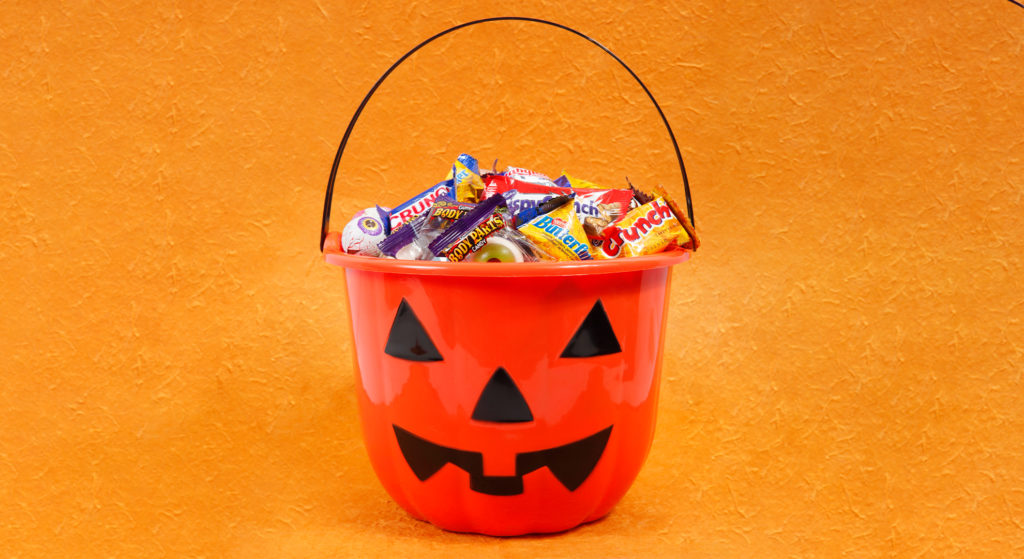In honor of Halloween, it’s time to tell the strange story of how one of America’s favorite candies got its big break.
In 1981, Steven Spielberg was getting ready to start shooting E.T. the Extra-Terrestrial. One of the critical scenes involved Elliott, the movie’s kid star, winning the trust of the wrinkled little space alien by offering him some candy.
But Universal Studios had a problem: M&M’s had turned them down. The consensus now is that Mars Inc. wasn’t interested because the plot was a little too, well, weird. So Universal decided to approach its second choice, Reese’s Pieces.
At Hershey’s headquarters, director of new product development Jack Dowd was happy to take the call. In the three years since Reese’s Pieces launch, sales were slipping. So Dowd was eager to land his new product in the film, which is why he agreed to a deal that seemed risky at the time. As Dowd recalled in a 1991 interview, he had explained to Hershey’s president Earl Spangler that “we were going to spend a million dollars on a movie that I couldn’t show them the script for [and] that was going to employ a little green creature from outer space.”
“Are you sure this is going to work?” Spangler asked him. Dowd replied with an uneasy, “Oh, sure.”
Fortunately for Dowd’s career and candy fans everywhere, it did work. Nearly 150 million people bought tickets for E.T., which has earned $1.33 billion to date, adjusted for inflation. As for the marketing value that Hershey’s got, that’s somewhere between $15 million and $20 million.
So whatever kind of Halloween you’re having come Saturday, you can thank that little green alien not only for putting this candy on the map but, in many ways, for saving it.
Starting with a treat called Hershey-Ets in the 1950s, the candymaker had perfected the method of applying a hard-shell coating. But not until the 1970s did research and development figure out how to remove the peanut oil from the penuche filling.
Hershey’s originally called its 1978 foray into a soft peanut candy with a hard shell PBs, but soon changed the name to Reese’s Pieces. Despite the catchy name, the candy didn’t make it big, perhaps because Reese’s Peanut Butter Cups already had such a lock on the flavor.
It’s easy to see how E.T.’s 1982 release changed all of that, but what difference could an old movie possibly make today? In analyzing the popularity of Halloween candy, it’s important to remember that kids might eat the stuff, but their parents buy it.
“Shoppers are really the people who are most inspired by E.T.,” said writer and consultant Beth Kimmerle, author of the book Candy: The Sweet History. Hershey’s, she said, “was able to tie in this candy brand with a movie that provided a lot of emotion for people, and that emotion is still playing out 40 years later.”

https://www.adweek.com/brand-marketing/reeses-pieces-big-break-alien-wanted-home/

